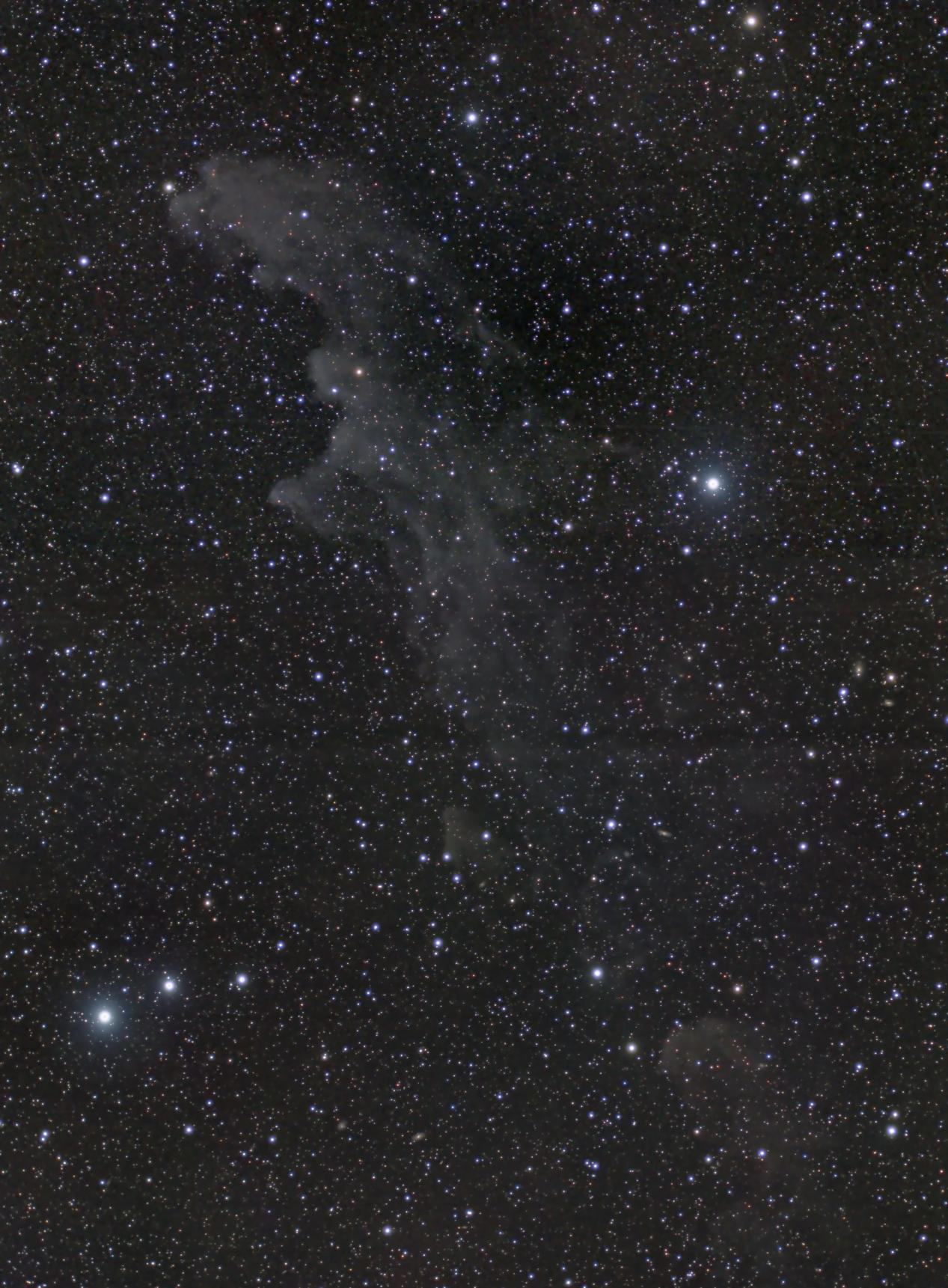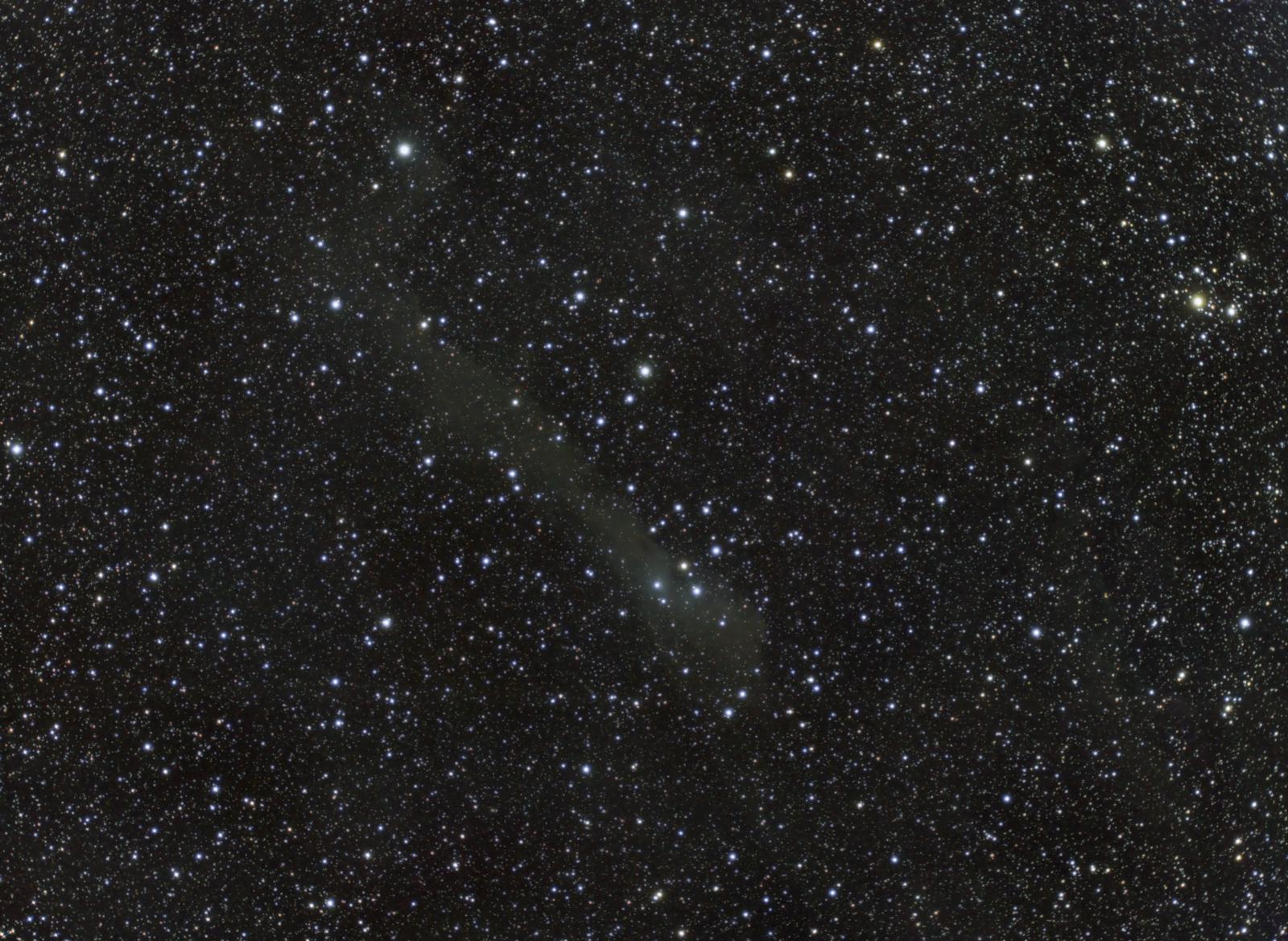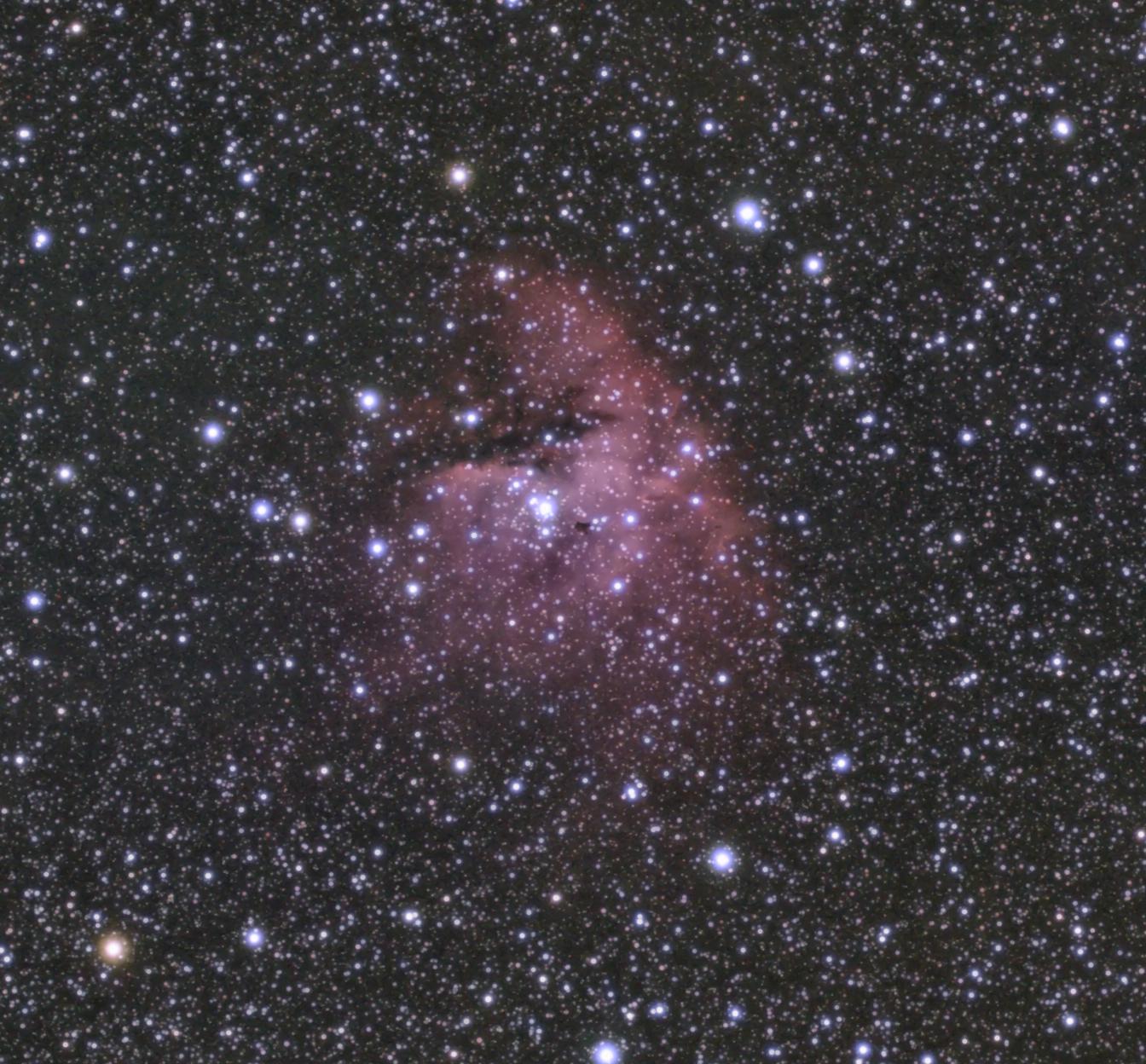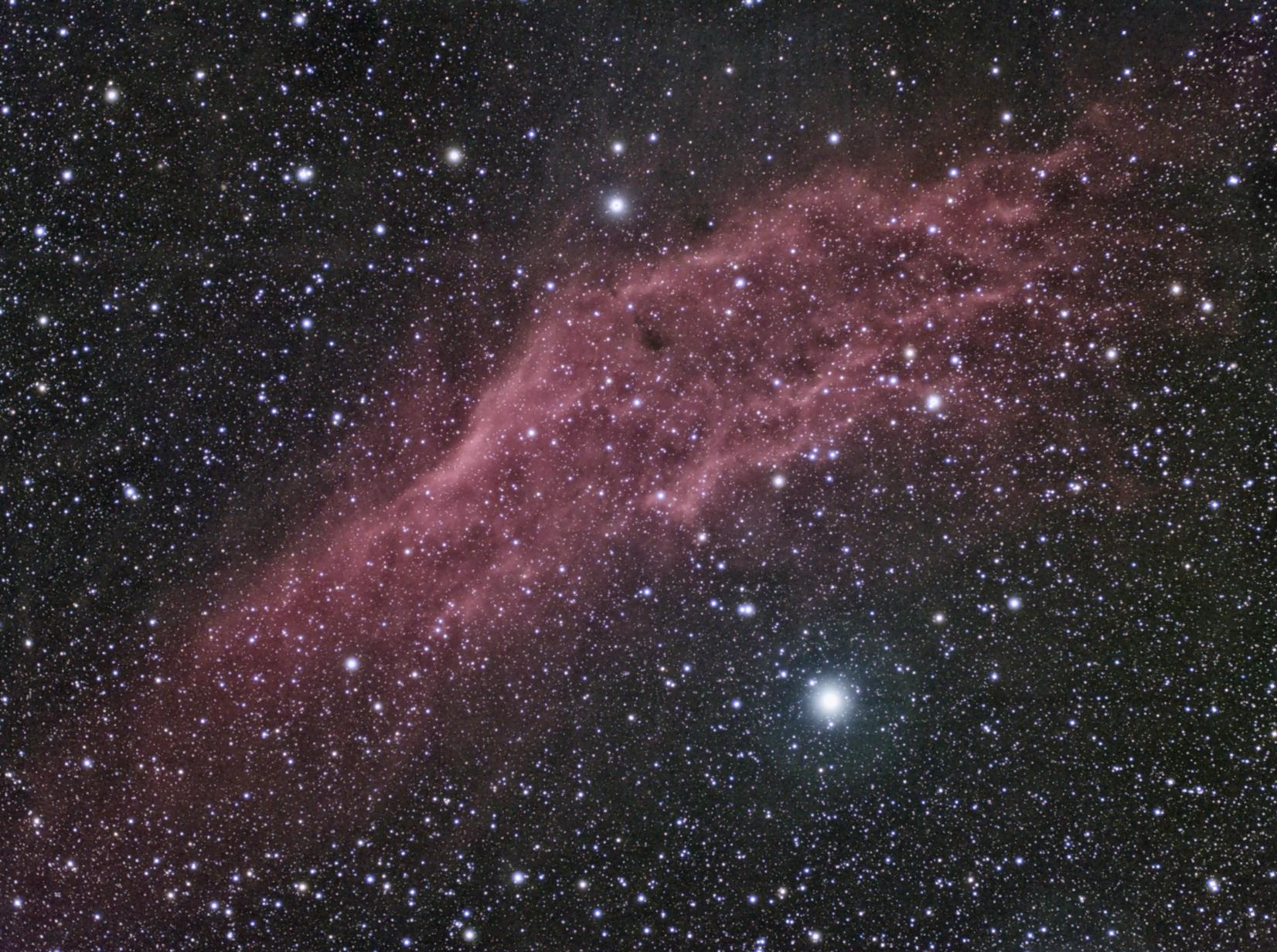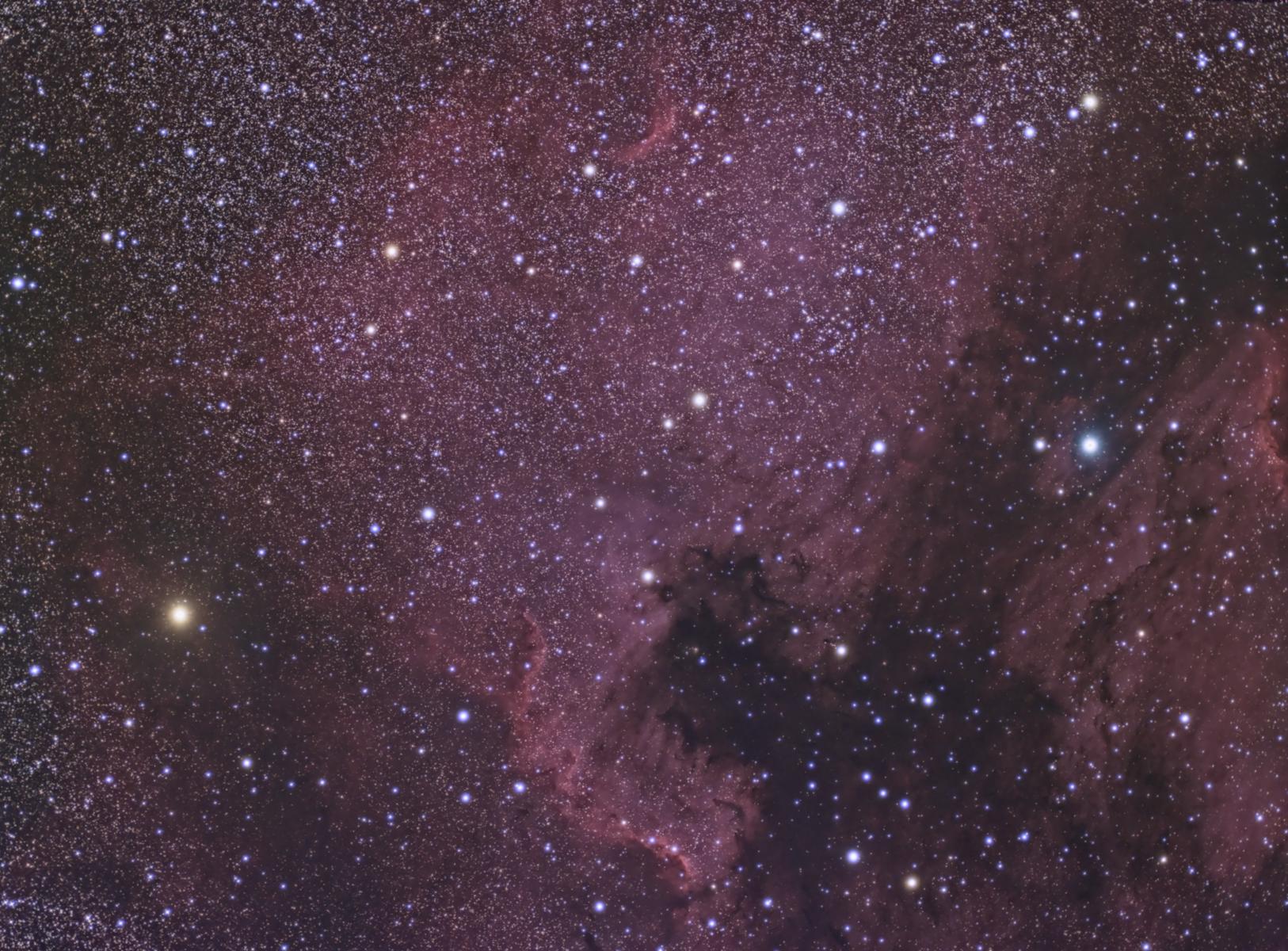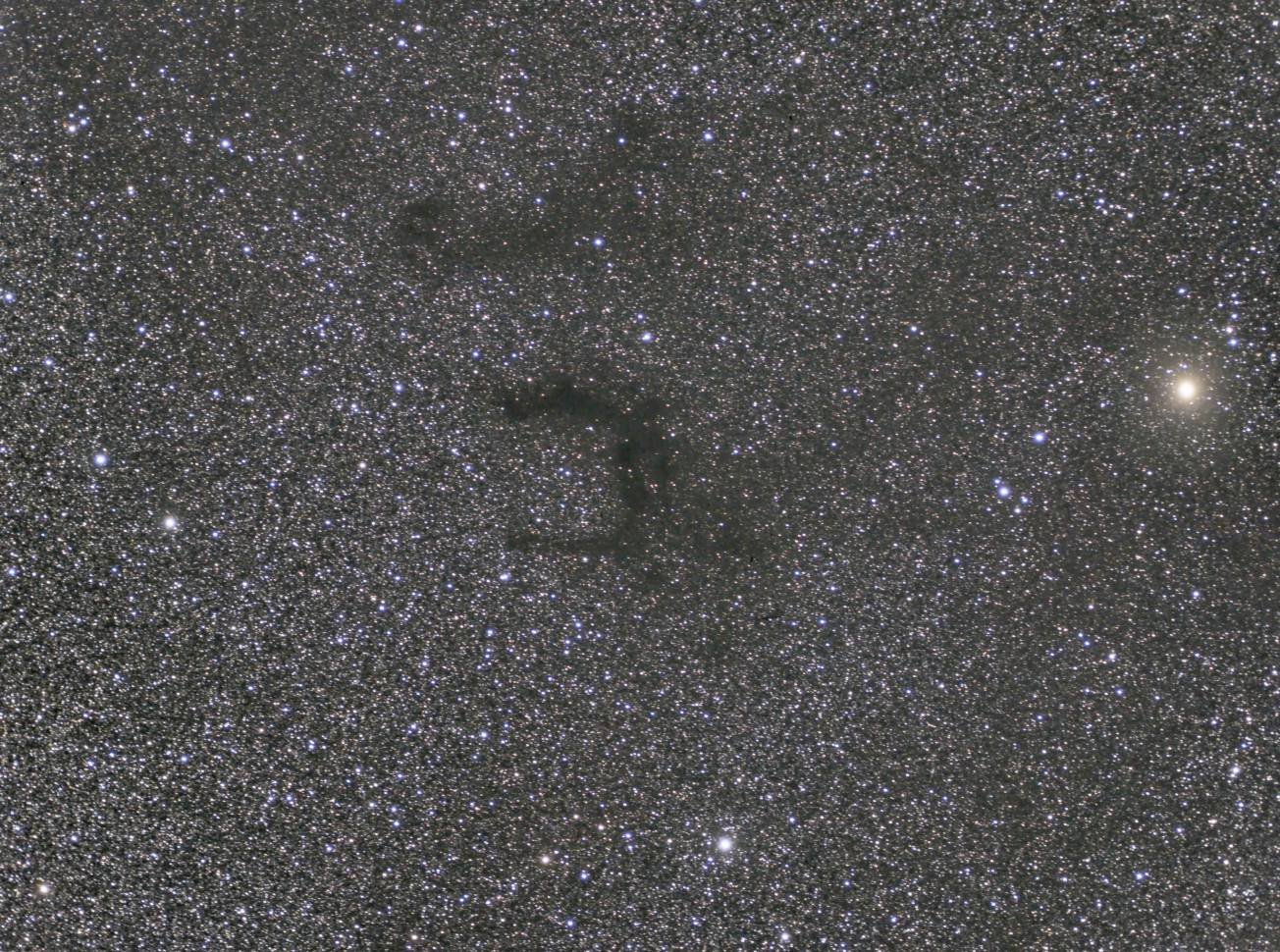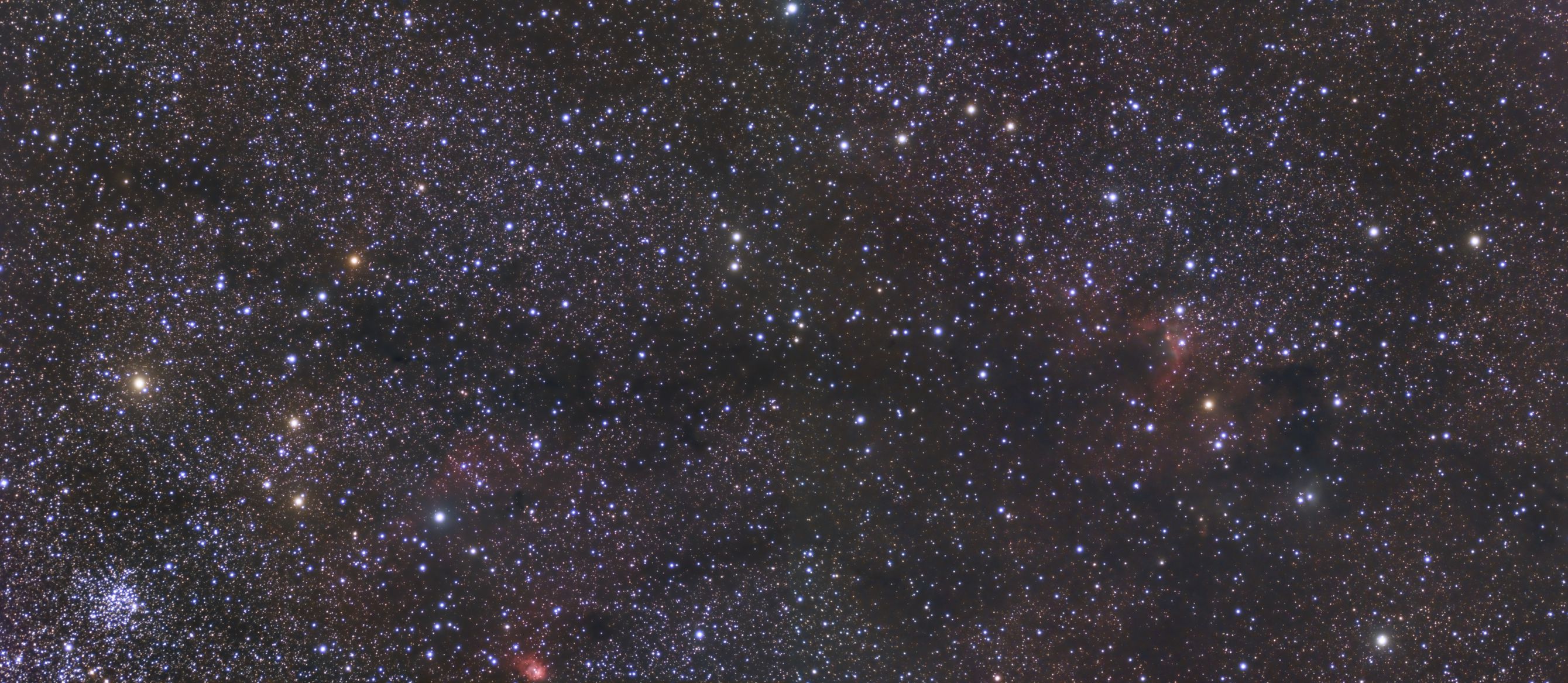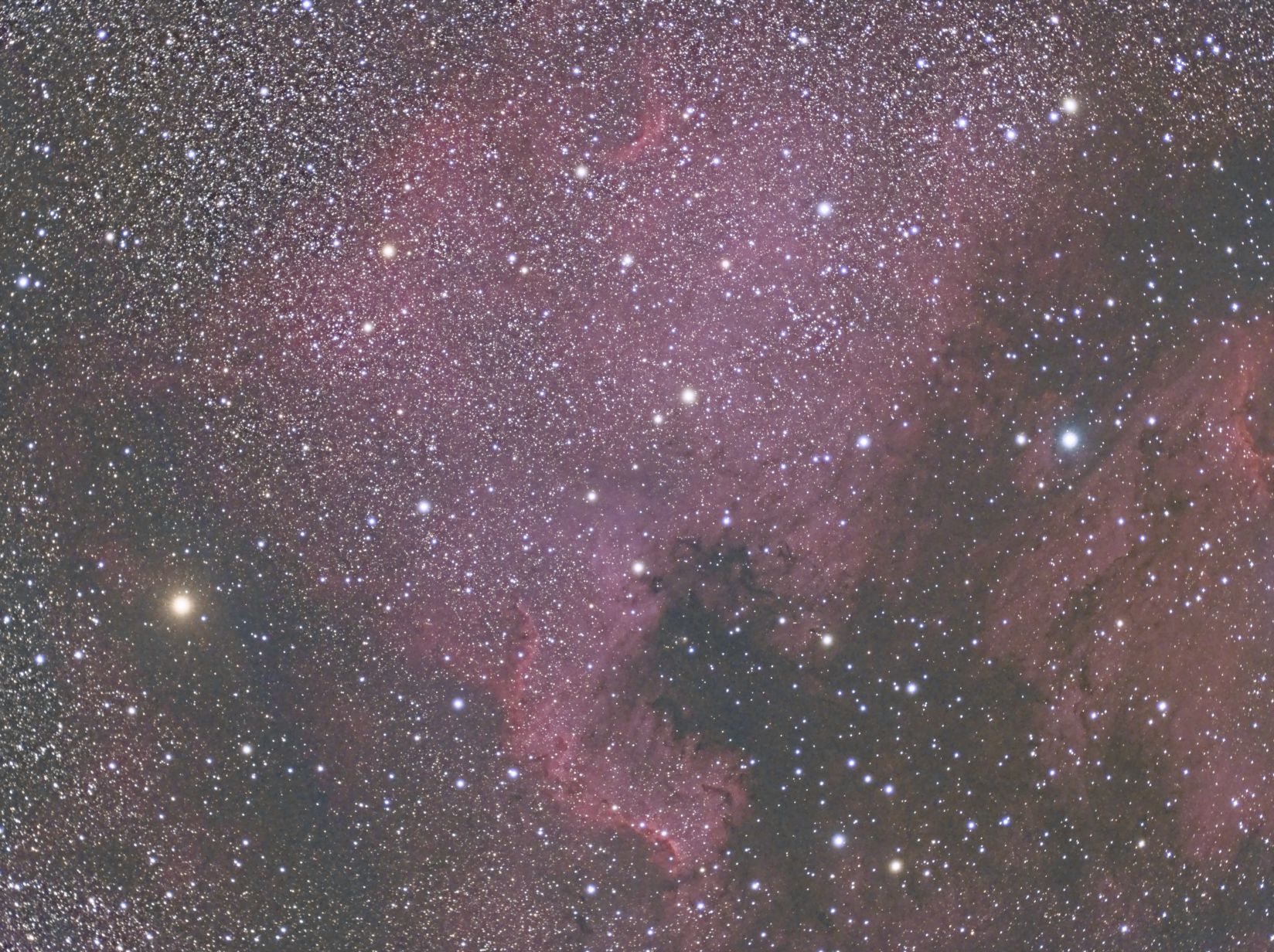No complaints about the British weather this weekend. The clear nights at the Haw Wood star party were a treat. This weekend, with the moon waning, both Friday and Saturday night were forecast to be clear.
Friday night had some cloud drifting through from time to time. I was also trying to get to grips with CCD Commander before it’s trial license expired so I had some work to do. In the end, I gathered about 3 hours 40 minutes worth of 10 minute sub frames of this pretty pairing in Cepheus.
An initial look at the data looked promising. I did have a problem with the flat field frames though. These were taken at dawn by CCD Commander but I’d turned the coolers off beforehand. As a result, the flat wasn’t a good match for the light frames so I needed to redo these. I haven’t measured the bias levels at different temperatures but I suspect that it varies wildly.
On Saturday I setup early for dusk flats then waited for dark. During the day I’d taken the step of installing the new NoMachine remote control software, both on my Netbook and main PC. As the Netbook is Windows 7 Starter edition, I don’t have the option of running Remote Desktop Protocol (RDP). The new software has the advantage over the popular VNC of passing sound to the client PC. This should enable me to hear audible alerts from Maxim inside the house.
I collected a further 3 hours of data. taking me up to 6 hours 30 minutes. This is the longest I’ve ever exposed on a single target. The bright blue foreground stars create a severe challenge for the doublet Zenithstar which shows significant colour fringing.

